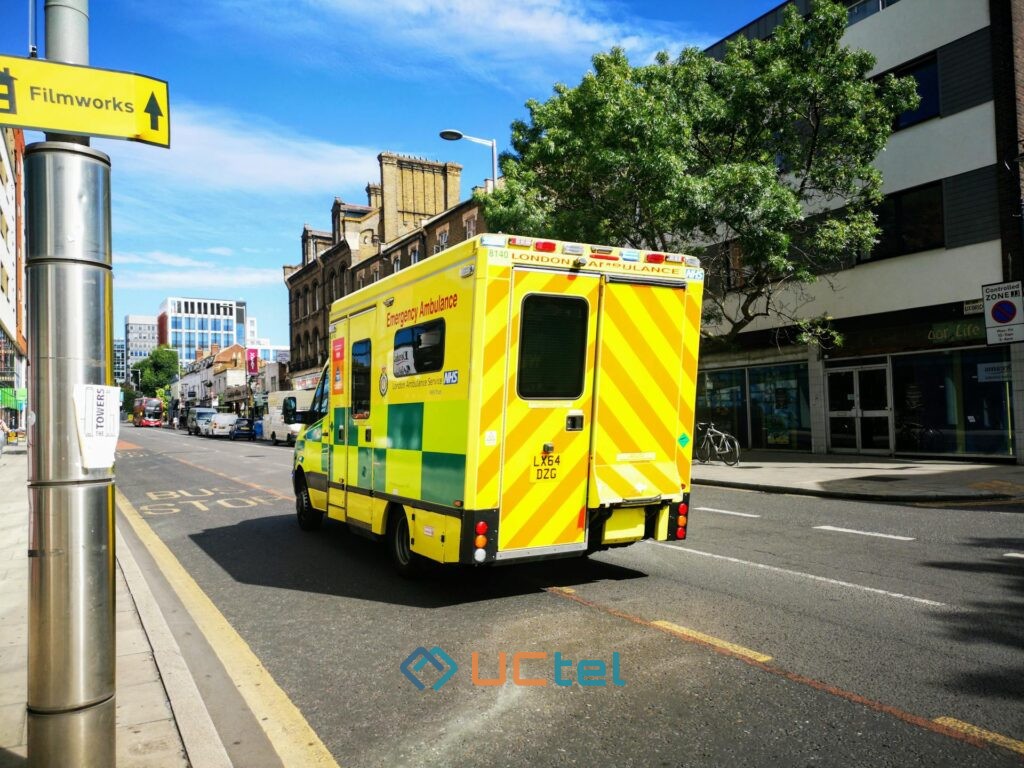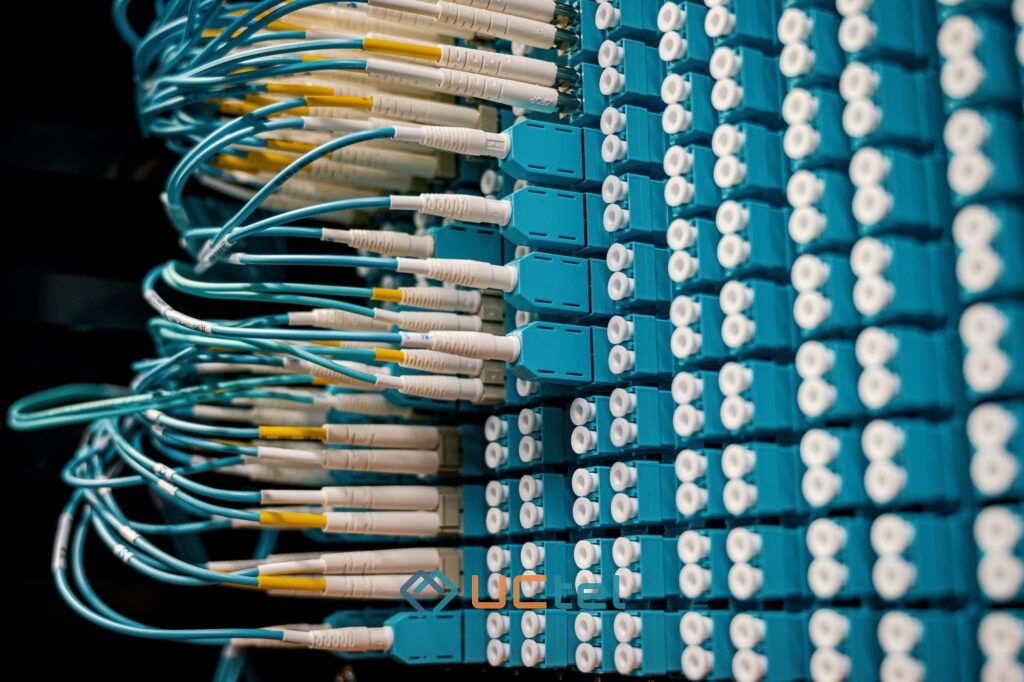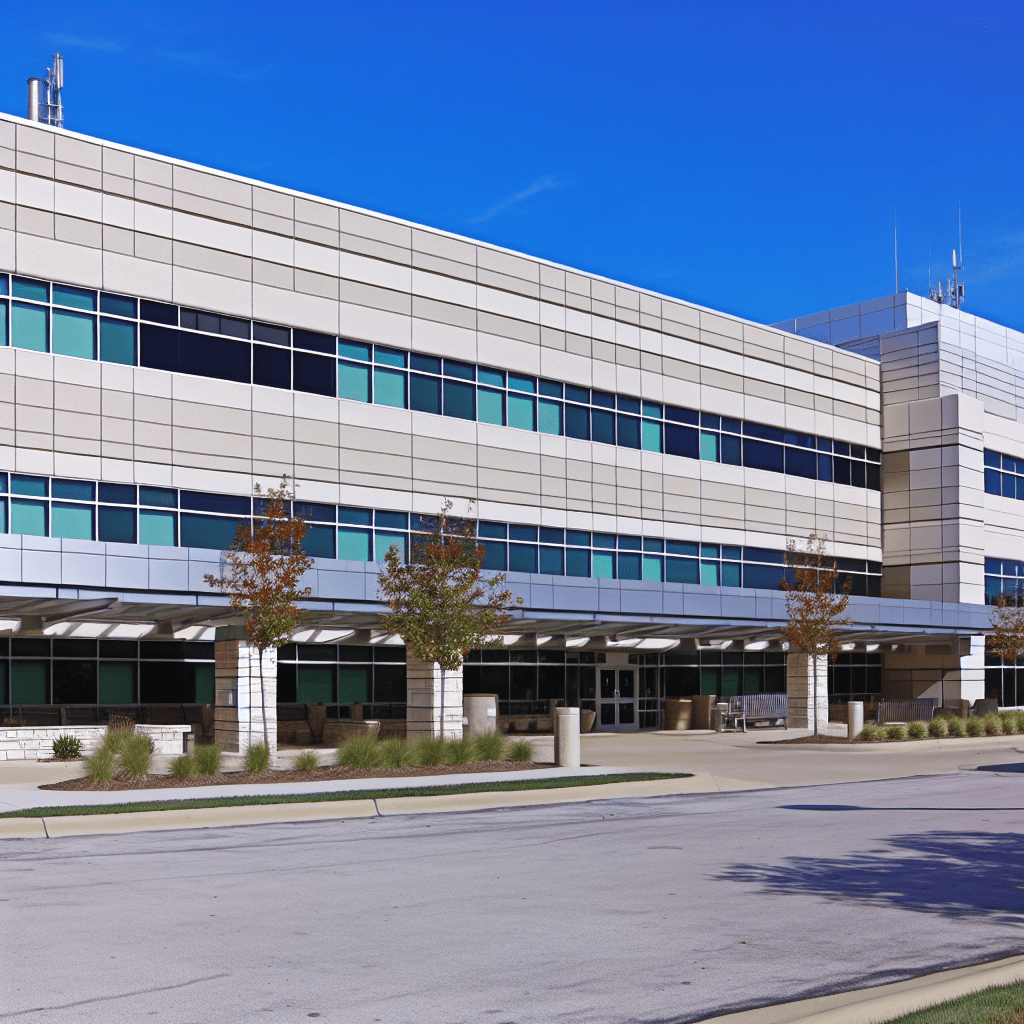
Hospital private 5G benefits: key advantages and healthcare applications
Table of contents
Healthcare institutions face unprecedented demands for reliable, secure connectivity as medical technology advances rapidly. Private 5G networks represent a transformative solution, offering hospitals dedicated wireless infrastructure that surpasses traditional commercial networks and Wi-Fi systems. Unlike standard mobile phone services, these specialized networks provide complete control over data transmission, mobile phone resources, and service levels while maintaining strict HIPAA compliance.
The technology delivers superior performance metrics including ultra-low latency, exceptional bandwidth, and unparalleled security measures. Hospital private 5G benefits cannot be understated. These networks enable comprehensive digital health care transformation across patient monitoring, surgical procedures, emergency response, and medical training applications.

Revolutionary healthcare applications enabled by private 5G
Robot-assisted mobile ward rounds transform patient care delivery through advanced wireless connectivity. Healthcare professionals can remotely control medical robots in isolation wards and hazardous environments, accessing real-time patient data and electronic medical records instantly. This technology proved essential during pandemic response, enabling continuous care while maintaining staff safety protocols.
Remote ultrasound examinations extend diagnostic capabilities to underserved areas through expert-controlled robotic systems. Specialists can manipulate robotic arms from distant locations, performing detailed examinations with precision feedback mechanisms. The network's superior bandwidth supports high-definition imaging transmission without compression artifacts that could compromise diagnostic accuracy.
Telemedicine services benefit significantly from reliable high-definition video streaming and secure data transmission capabilities. The technology supports transferring large medical files including MRIs, X-rays, and CT scans ranging from 20 to 30 gigabytes, completing these transfers in seconds rather than minutes. This rapid file transmission enables real-time collaboration between medical specialists across multiple locations.
Remote surgery and haptic feedback
Ultra-low latency enables remote surgery applications where surgeons receive haptic feedback as if performing procedures in person. The one-millisecond response time ensures precise instrument control, allowing specialists to perform complex operations from distant locations while maintaining surgical precision.
Medical training and AR/VR integration
Augmented reality and virtual reality applications revolutionize medical education through immersive simulations. Students and trainees experience realistic surgical scenarios with real-time data overlay and enhanced visualization. These training programs improve skill development while reducing risks associated with live patient procedures.

Superior network performance and technical capabilities
Private 5G networks deliver exceptional performance metrics that far exceed conventional networking solutions. Testing at major medical facilities demonstrates average download rates of 790 Mbps and upload rates of 91 Mbps, significantly outperforming 4G networks which typically achieve only 20 Mbps download speeds. The infrastructure supports 99.999% availability and accommodates one million devices per square kilometer.
| Network Capability | Private 5G | Traditional 4G | Wi-Fi |
| Latency | 1 millisecond | 50 milliseconds | 10-20 milliseconds |
| Download Speed | 790 Mbps | 20 Mbps | 100-300 Mbps |
| Device Density | 1M per km² | 100K per km² | 50-100 devices |
| Availability | 99.999% | 99.9% | 95-99% |
Advanced network slicing technologies create three distinct service channels across wireless access, transport, and core networks. Exclusive channels serve critical medical services, premium channels handle temporary medical needs, and common channels provide general patient internet access. This architecture ensures medical services remain unaffected by public network congestion.
Network slicing and service differentiation
Network slicing creates dedicated channels for different priority levels of medical applications. Critical life-support systems receive guaranteed bandwidth allocation, while routine administrative tasks utilize shared resources efficiently. This differentiation maintains consistent performance during peak usage periods.
Edge computing integration
Edge computing capabilities reduce reliance on centralized cloud infrastructure while improving response times for time-sensitive medical applications. Local processing power enables real-time analysis of patient monitoring data and immediate alert generation without network delays.
Enhanced security and compliance framework
Comprehensive security mechanisms protect sensitive healthcare data through multiple layers of protection. Business slice isolation, software-defined networking, certificate authority authentication, and blockchain technology integration create robust defense systems. These networks provide security authentication, abnormal behavior analysis, and dynamic access control for medical terminals and applications.
The three-layer functional architecture comprises resource, control, and intelligent operation layers, enabling advanced security monitoring capabilities. Real-time threat detection and automated response systems protect against cyber attacks while maintaining operational continuity. Network visualization capabilities enable real-time SLA monitoring and rapid fault identification, allowing for minute-level service recovery.
Data privacy and access control
Private 5G networks ensure patient data privacy through advanced encryption and multi-factor authentication mechanisms. Access control systems restrict data access based on role-based permissions, ensuring only authorized medical staff can view sensitive information.
Threat detection and response
Automated security monitoring systems continuously analyze network traffic patterns to identify potential threats. Machine learning algorithms detect anomalous behavior and trigger immediate response protocols, protecting against sophisticated cyber attacks targeting healthcare infrastructure.

Real-time patient monitoring and emergency response systems
Internet of Medical Things applications transform patient care through comprehensive monitoring capabilities. Wearable smart sensors continuously track vital signs and provide real-time notifications to medical staff when abnormal readings occur. These devices integrate seamlessly with hospital information systems, creating comprehensive patient health profiles.
Emergency response systems utilize 5G-enabled ambulances equipped with high-definition cameras and medical devices that transmit patient data to hospitals before arrival. This pre-hospital data transmission enables medical teams to prepare appropriate treatment protocols, reducing response times and improving patient outcomes.
- Continuous vital sign monitoring through wearable sensors
- Real-time location tracking of critical medical equipment
- Environmental monitoring for medication storage conditions
- Automated alert systems for emergency situations
- Contact tracing capabilities for infection control
Connected ambulances and pre-hospital care
5G-enabled ambulances transform emergency medical services by transmitting real-time patient data during transport. Paramedics can consult with emergency room physicians, share diagnostic images, and receive treatment guidance while en route to the hospital.
IoMT device integration
Massive IoMT device connectivity supports comprehensive patient monitoring and hospital operations. The network accommodates thousands of connected devices simultaneously, from simple temperature sensors to complex imaging equipment, ensuring seamless data flow throughout the facility. This connectivity enables predictive maintenance scheduling and reduces equipment downtime significantly.
Reach out to us today to request a personalized quote and explore how hospital private 5G benefits can enhance your healthcare facility.





